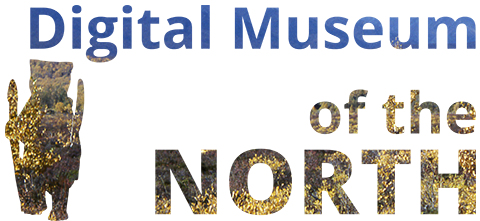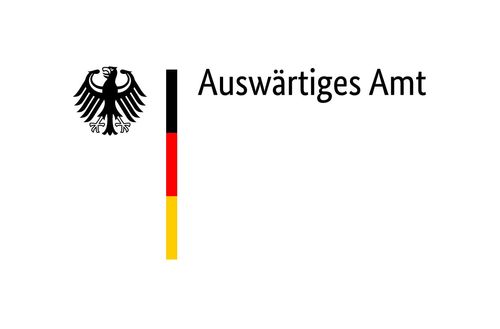Musée d‘ethnographie de l‘Université de Bordeaux
Documentation from the Nenets Ethnographic Museum in Naryan-Mar on traditional sleds
The Nenets still live a nomadic lifestyle, migrating with their reindeer herds – northward in the summer and southward in the winter. Throughout the year, their main means of transport is by reindeer-drawn sleds. There are different types of sleds: men's sleds, women's sleds, and cargo sleds used for transporting various goods. The Nenets use all types of sleds year-round.
Nenets sleds (chanako) are sturdy, stable in motion, and aesthetically pleasing. They are made from strong, flexible wood such as birch, spruce, or larch – without using a single metal nail. For their children, the Nenets often make small wooden sleds that closely resemble those used by adults. In reindeer-herding families, it is usually the father who crafts these sleds for his children. Their size is adapted to the child's age and growth.
On Kolguev Island, in the second half of the 20th century, Nenets used these sleds to transport water, often harnessing dogs to pull them. Children also pulled one another on sleds while playing. When going hunting or fishing, Nenets would also harness dogs to small sleds. Dog sledding was common among Nenets on Novaya Zemlya, where reindeer herding was not possible due to the scarce presence of reindeer moss – the animals' main food source. This was also the case on Vaigach Island and in the Bol’shezemel’skaya Tundra.
Dog sled transport is still mainly used by Nenets who do not own reindeer, including laborers, sea mammal hunters, and fishermen. Even today, the Nenets continue to make sleds like the one shown here for their children.
Created by Larisa Prokopevna Latysheva and Elena Gennadievna Menshakova, Naryan-Mar, 2024.



